Revive old WordPress posts with AI and Uncanny Automator. Learn how to reverse content decay…
Automated Dynamic Content for WordPress: A Complete Guide
Learn how to add dynamic content to WordPress sites using Uncanny Automator’s Dynamic Content Addon. Transform static pages into personalized, automated experiences that boost engagement and conversions without coding.
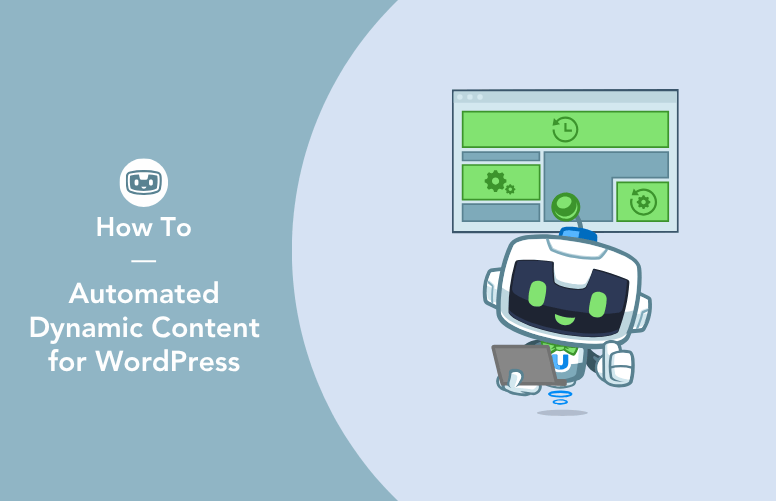
Picture this: every visitor to your WordPress site sees live, up-to-date content—or even personally tailored content for returning customers.
New customers get welcome messages, returning users see personalized recommendations, and VIP members access exclusive offers—all happening automatically without you lifting a finger.
That’s the magic of dynamic content that WordPress sites can deliver!
If you have ever questioned how large brands craft well-timed, customized experiences that keep users coming back, you’re in the right spot.
In this guide, we’ll explore the concept of dynamic content in WordPress, understand why it’s transformative for your site, and most importantly, learn how you can easily implement it with Uncanny Automator’s Dynamic Content Addon.
By the end of this article, you’ll understand exactly how to add dynamic content in WordPress and see real-world examples in action. You’ll have the tools and know-how to transform your static website into an engaging, dynamic experience that converts site visitors into loyal customers.
Let’s get started.
What Is Dynamic Content in WordPress?
Dynamic content is website content that changes automatically based on specific conditions, user behavior, or data points—without requiring manual updates from you. Unlike static content that remains the same for every visitor or that requires a page refresh to update, dynamic content adapts in real-time to create personalized experiences.
Think of it as the difference between a generic billboard (static) and a smart digital display that shows different ads based on who’s looking at it (dynamic). Your WordPress site can be that smart display!
There are two main types of dynamic content you can implement:
- Global Dynamic Content: Content that changes based on universal conditions like time, date, location, or website-wide events. For example, a live rolling stock banner at the bottom of the page that all users see, or a sitewide recent sale popup that builds urgency and social proof.
- User-Based Dynamic Content: Content that changes based on individual user data, behavior, or profile information. This includes personalized product recommendations, user-specific dashboards, or content that adapts based on purchase history or membership level.
Here are some real-world examples you’ve probably experienced:
- E-commerce sites showing “Recently Viewed” products or “Customers who bought this also bought” recommendations.
- News websites displaying articles based on your reading history or location.
- Membership sites showing different navigation menus or content areas based on subscription level.
The beauty of WordPress dynamic content is that once it’s set up, it works 24/7 to create these personalized experiences without any manual intervention from you.
Benefits of Using Dynamic Content for WordPress
Dynamic content isn’t just about having a “cool” or modern website—it’s about boosting engagement and driving conversions. And the results speak for themselves.
Power Personalization
According to Forbes, 67% of consumers prefer brands that offer a personalized experience. Dynamic content allows you to meet (and even exceed) this customer expectation.
Boost Conversions
Here’s a number that’ll grab your attention: Amazon attributes up to 35% of its revenue to its dynamic recommendation engine! While you might not be Amazon, the principle remains the same—showing relevant content at the right moment converts better than generic messaging.
Drive Higher Engagement Rates
The data is crystal clear: personalized content performs better. According to Hushly, over half of all consumers report a higher level of satisfaction as their experiences become more personalized. Dynamic content gives you the tools to deliver the right content to the right people.
Improve User Experience
Dynamic content isn’t just about marketing—it’s about creating genuinely better experiences. When users see the right information at the right time, navigation becomes intuitive, friction decreases, and decision-making becomes second-nature.
Improve Customer Retention
With a better UX and more engagement, dynamic content can boost your customer retention rates. Given that acquisition costs for new customers are much higher than conversion costs for existing customers, dynamic content can reduce your costs and boost your bottom line.
With all of these benefits, WordPress dynamic content isn’t just a nice-to-have feature—it’s becoming essential for WordPress businesses. So, what’s the best dynamic content plugin for WordPress? And how do you add dynamic content to your WordPress posts and pages?
We’ll tackle that—and more—in the next section.
How to Add Dynamic Content in WordPress
Now for the exciting part—actually implementing dynamic content on your WordPress site!
While there are several approaches you could take, we’re going to focus on the most powerful and user-friendly solution: Uncanny Automator’s Dynamic Content Addon.
Uncanny Automator is the #1 automation and integration tool for WordPress websites. Using simple combinations of triggers and actions, Automator allows you to connect all of your favorite apps and plugins.
So, when it comes to dynamic content, Automator has an obvious advantage: you can fully automate it! And, because Automator is seamlessly integrated with your website, plugins, and apps, there’s no limit on how you can incorporate dynamic content into your WordPress site.
- Automated sitewide WooCommerce restocking notifications? ✅
- Personalized, AI-powered responses in real-time? ✅
- Membership-specific activity streams from LearnDash, BuddyBoss, and more? ✅
- Automatic location-based ads, listings, or sales notifications? ✅
- Pre-scheduled, seasonally appropriate greetings and recommendations? ✅
And that’s just the tip of the iceberg. We’ll show you some additional use cases later on. But first, we’ll show you how to get started with the Dynamic Content Addon.
Getting Started with Dynamic Content
Dynamic content might seem like a complicated feature. But, thanks to some very clever developers, using the Dynamic Content Addon is easy.
In the following steps, we’ll show you how to configure a simple sitewide activity stream—then we’ll let your imagination take over from there!
Step 1: Install and Activate Uncanny Automator Pro – Elite
First, you’ll need Uncanny Automator Pro – Elite to access the Dynamic Content Addon. Here’s how to get started:
- Install and activate the free version of Automator and get your Automator Pro – Elite license from the official website.
- Download the .zip file from https://automatorplugin.com/my-account/downloads/
- Upload the .zip file to your WordPress site via Plugins > Add New > Upload Plugin.
If you need additional instructions, you can read the Knowledge Base article on installing Uncanny Automator.
Step 2: Activate the Dynamic Content Addon
Once you’ve activated your Pro – Elite license, accessing dynamic content functionality is straightforward. To activate the Dynamic Content Addon, simply navigate to Automator > Addons from your WordPress Admin Dashboard.
Step 3: Configuring Dynamic Content Blocks
The Dynamic Content Addon works by providing you with Gutenberg blocks and shortcodes that you can insert anywhere on your site. These elements automatically pull in relevant data based on the conditions you set in Automator recipes (i.e., combinations of triggers and actions).
To build a dynamic block, navigate to Automator > Dynamic Content Blocks and click Add new dynamic content block.
Automator will present you with an editor that looks identical to the native WordPress block editor.
- First, give your dynamic block a name that makes it easy to recognize at a glance. For example, as we’re going to create a sitewide activity stream, we have named the block “Sitewide Activity Stream”. (Very creative, we know.)
- Next, select the block “Type”, i.e., “Global” (every visitor on your site sees it) or “User” (specific subsets of your logged-in web visitors that you can define later). We have selected “Global”. That’s it. Your dynamic block is now ready!
- Optional: If you want to set “default” content (i.e., content that displays if no user-specific content has been set) then you can select a block and manually enter that content.
Once you’re finished, click Publish.
That’s it! You’ve just created a dynamic content block with Automator!
(Note: We did not enter any content into the block, so it will not display any. However, if you manually enter content into a block, it will display that content wherever the block is on your WordPress site.)
You can now embed this dynamic block anywhere on your website by adding it to any page or post in the block editor, or with the shortcode from the “Dynamic content blocks” screen.
That’s really all there is to building dynamic blocks with Automator. However, if you want to know more about the inner workings of Automator’s Dynamic Content Blocks Addon, read this Knowledge Base article.
Step 4: Creating Automated Dynamic Content
Now that you have created your first dynamic content block, it’s time to see the Automator advantage (automated dynamic content) in action!
Using recipes (combinations of triggers and actions), we can alter or append content to dynamic blocks without lifting a finger.
First, navigate to Automator > Add new recipe. In the popup that appears, select Logged-in users and click Confirm.
(Note: If you want your sitewide activity stream to report the activity of all site visitors, you can select “Everyone”.)
Give your recipe a name that makes it easy to recognize at a glance. For example, we have named this recipe “When a user completes a course, update the sitewide activity stream”.
Next, select an integration. For example, we have selected LearnDash.
From the dropdown list that appears, select a trigger. For example, we have selected “A user completes a course”.
Once you’ve saved your trigger, click Add action in the Actions panel—this is where we’ll configure our dynamic content.
From the menu of available integrations, select Dynamic Content.
From the dropdown list that appears, select “Update a global dynamic content block”.
Automator will present you with a form for configuring your dynamic content. First, select your desired block, in our example, the “Sitewide Activity Stream” block.
Then, select the Mode. This will determine whether the existing content in the dynamic block will be replaced with new content or if new content will simply be appended (i.e., added) to the existing content. For an activity stream, new content is usually appended.
Now comes the fun part of drafting the dynamic content! You can do this using a combination of static text and tokens (i.e., data pulled from your WordPress website and from within recipes).
For example, here is our dynamic content:
To use tokens in your content, simply click the Asterisk and select the desired token. It really is that simple, but you can click here to learn more about using tokens in Automator.
Once you’re satisfied with your content, click Save. All you have to do after that is toggle the recipe from Draft to Live.
Now, whenever a user completes a course, our sitewide activity stream will be updated wherever we have it on our site!
Of course, a lot more than course completions happens on our website. So, we created additional recipes for quiz completions, event registrations, purchases, and more. Even with minimal styling, here’s how our activity stream looks:
By displaying this dynamic block on our site’s homepage, we’re able to show site visitors that we have an active and thriving community.
So, are you ready to create compelling dynamic content of your own?
Get your Automator Pro – Elite now to automate dynamic content >>>
Examples of Dynamic Content in WordPress
Now that you’ve gotten the hang of creating dynamic content with Automator, let’s take a quick look at what else you can do.
RSS Feed Display
Uncanny Automator’s RSS integration lets you easily pull in content from across the web. With the Dynamic Content Addon, you can easily turn this RSS feed into a live display, giving your site visitors real-time dynamic content.
Order Status Updates
For eCommerce businesses, adding order tracking to a user’s account or purchase history page is easy with a dynamic block. Using Automator’s Woo trigger, “A user’s order status changes to a specific status”, you can automatically update a dynamic block based on a user’s order status.
Social Proof
Imagine bringing the power of word-of-mouth advertising to your site—in real-time! Dynamic content allows you to display the most relevant reviews in the most visible places to potential new customers. Using Automator’s AI integrations, you can filter product reviews for sentiment, spelling and grammar before displaying them on your site.
Scarcity Tactics and Sales Events
Scarcity is a powerful incentive that drives consumers to buy. Whether it’s the last available room in a hotel or the second last signed concert tour sweater—if it’s almost gone, consumers want it. Use Automator’s meta tokens and dynamic blocks shortcodes to embed inventory numbers in strategic places across your website, encouraging your shoppers to act sooner rather than later.
Personal AI Shopping Assistant
Train an AI model (and Automator supports quite a few) on your store’s products and then give your shoppers an AI assistant of their own. Using a form-building plugin like WPForms and the Dynamic Content Addon, you can have your shoppers ask AI to narrow their search or teach them about your product offerings with responses given in real-time.
Each of these examples can be implemented using Uncanny Automator’s Dynamic Content Addon, making sophisticated personalization accessible to any WordPress site owner.
Frequently Asked Questions
Conclusion
As you’ve seen, adding dynamic content to your WordPress site is a virtual necessity in today’s competitive online landscape.
Whether you’re an experienced developer looking to save endless hours or a solopreneur or website administrator seeking new ways to stand out, dynamic content is the solution. Enhanced personalization, increased engagement—well, we don’t need to convince you again.
Whatever your level of technical expertise, Uncanny Automator’s Dynamic Content Addon was created to put the power of dynamic content at your fingertips. Combine dynamic content with automation and integration, and you have everything you need to bring your site to life—IRL!
Be dynamic > Grab your Automator Pro – Elite license
Until next time, happy automating!
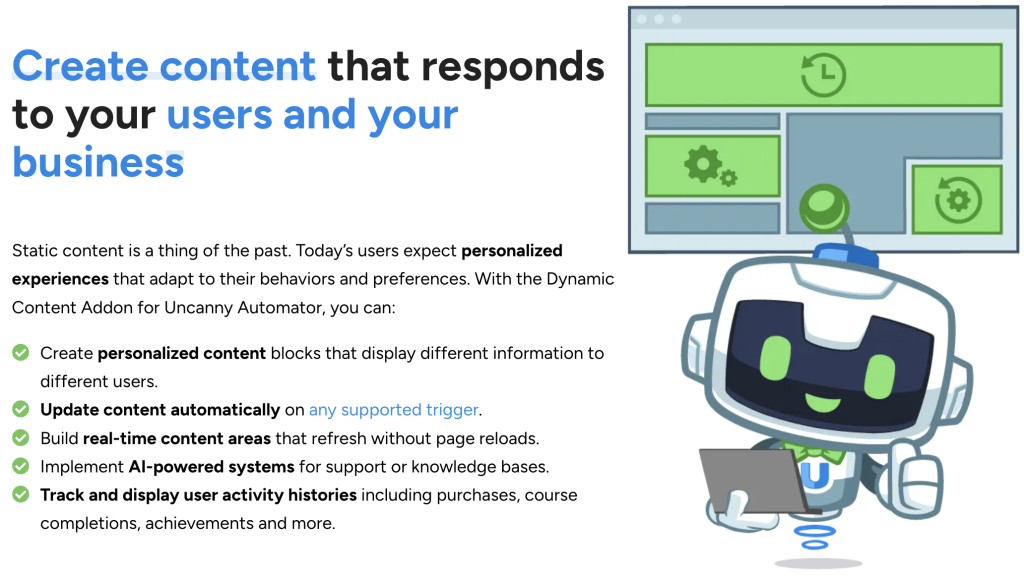
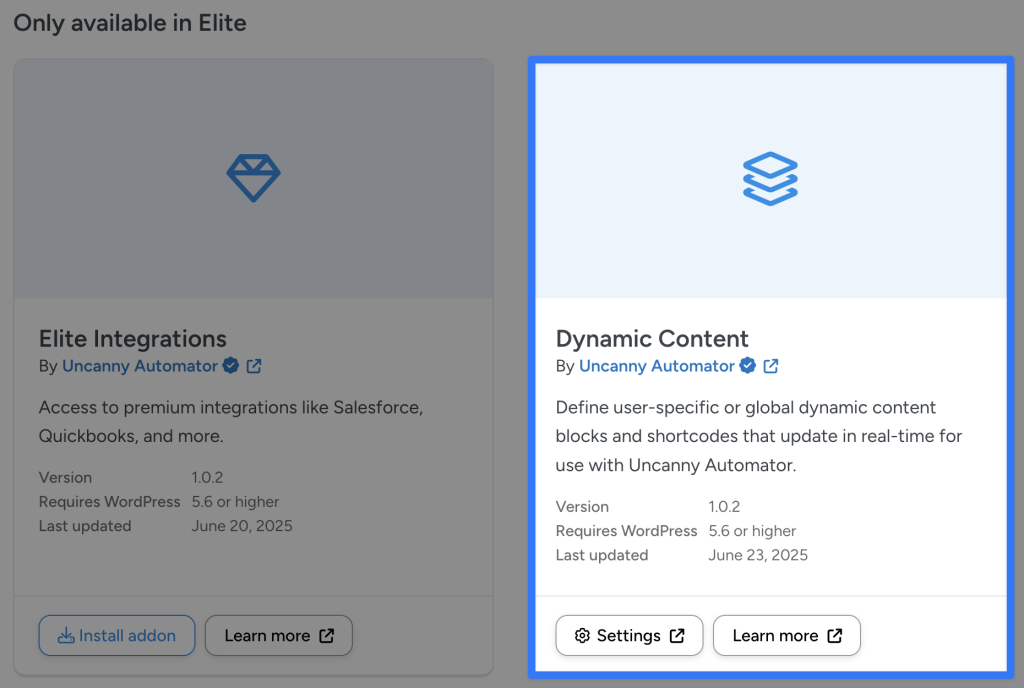
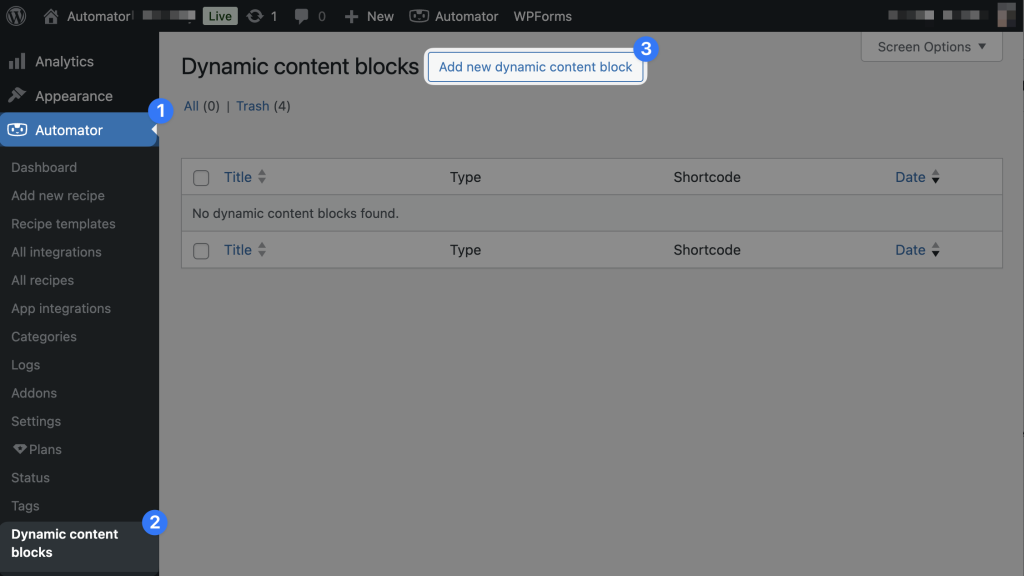




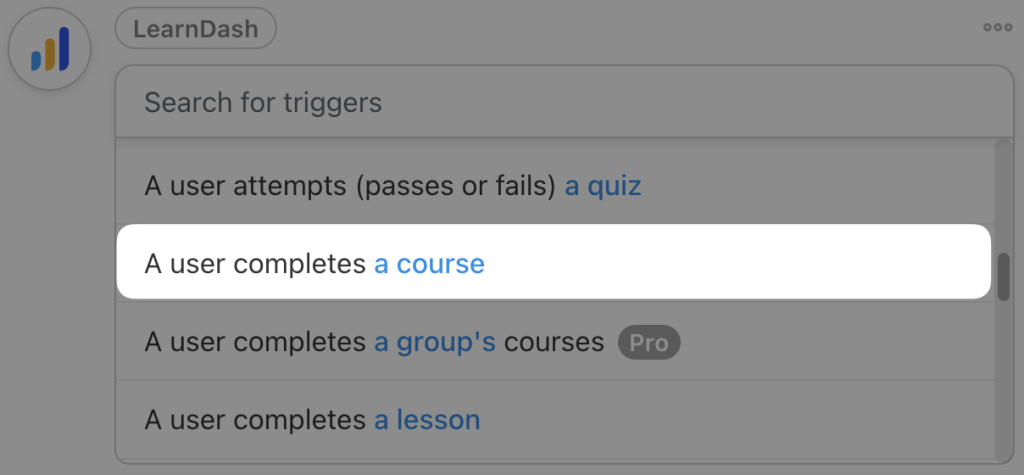
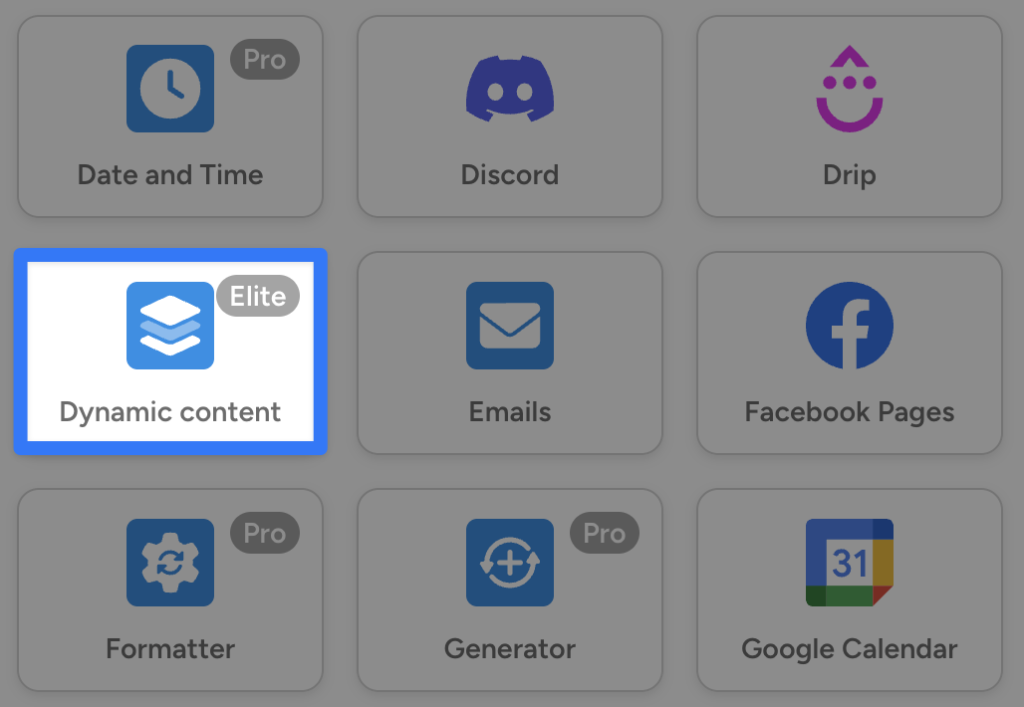
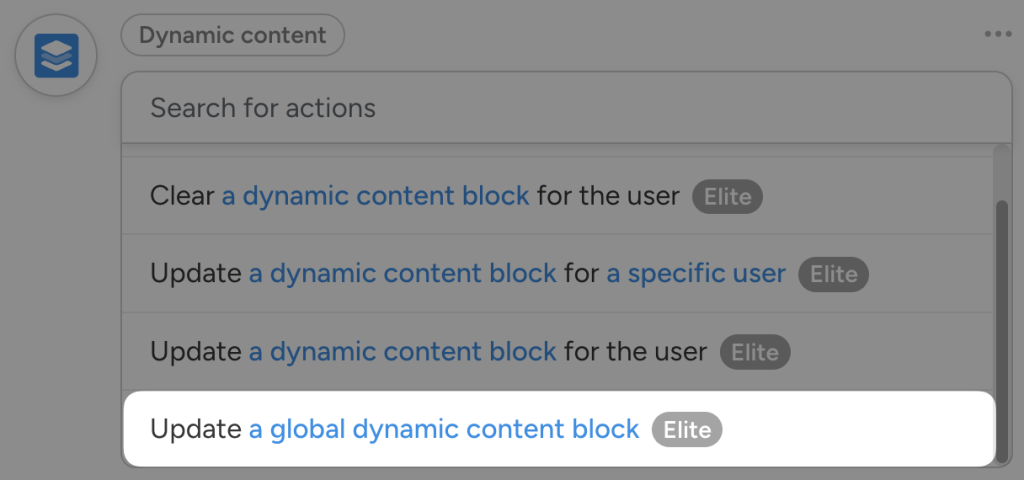
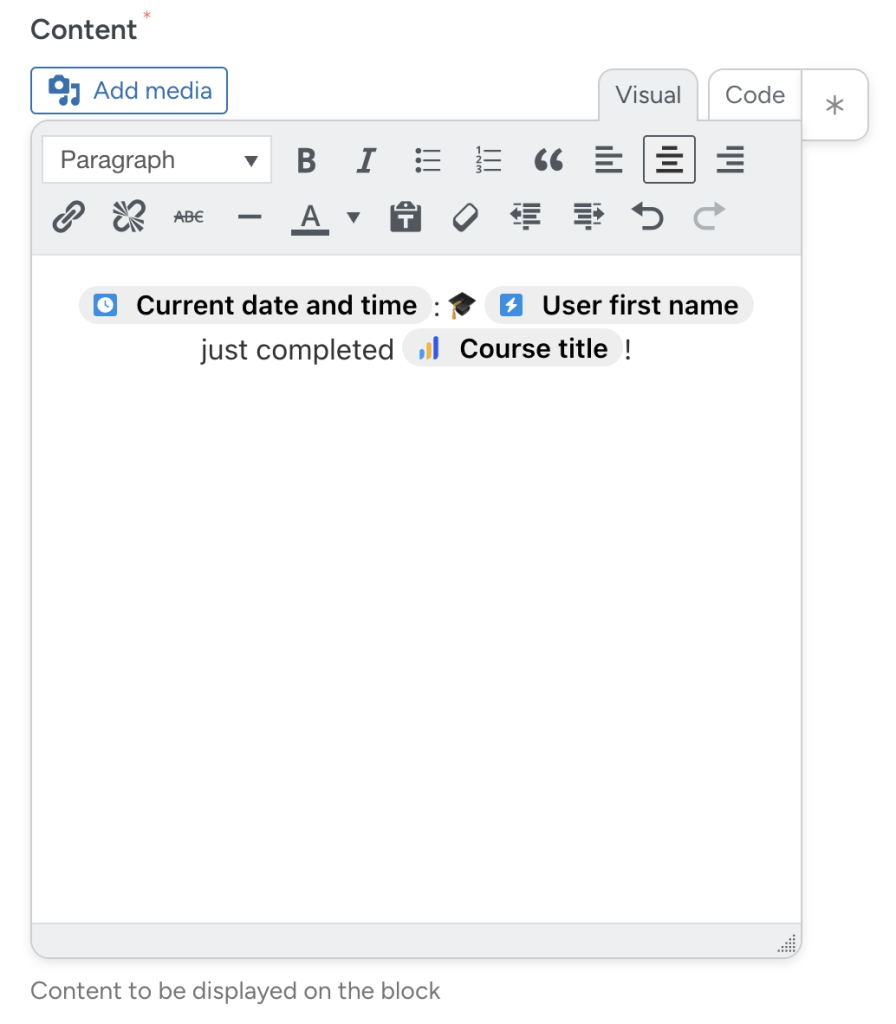
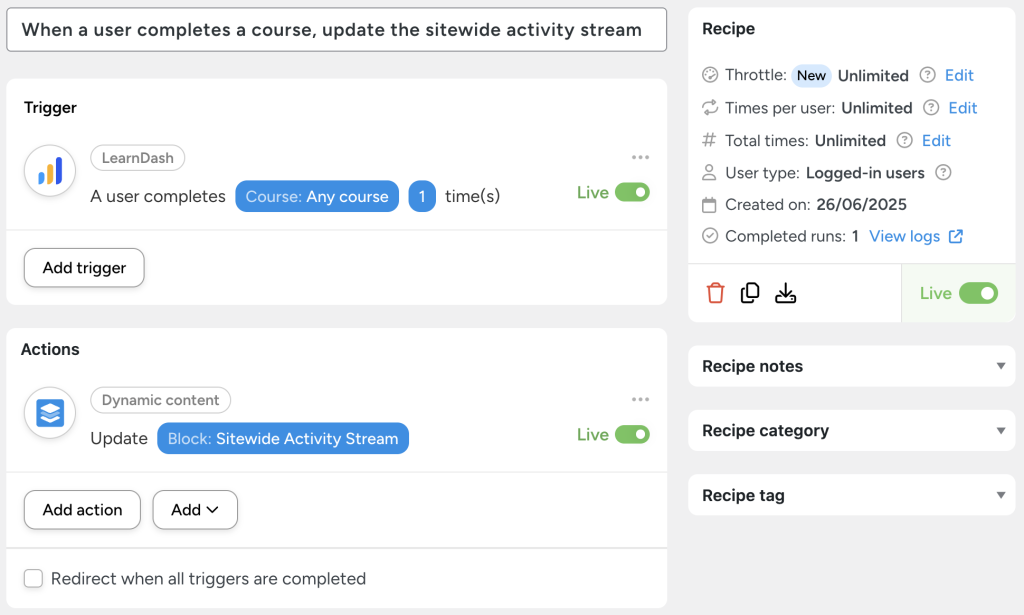
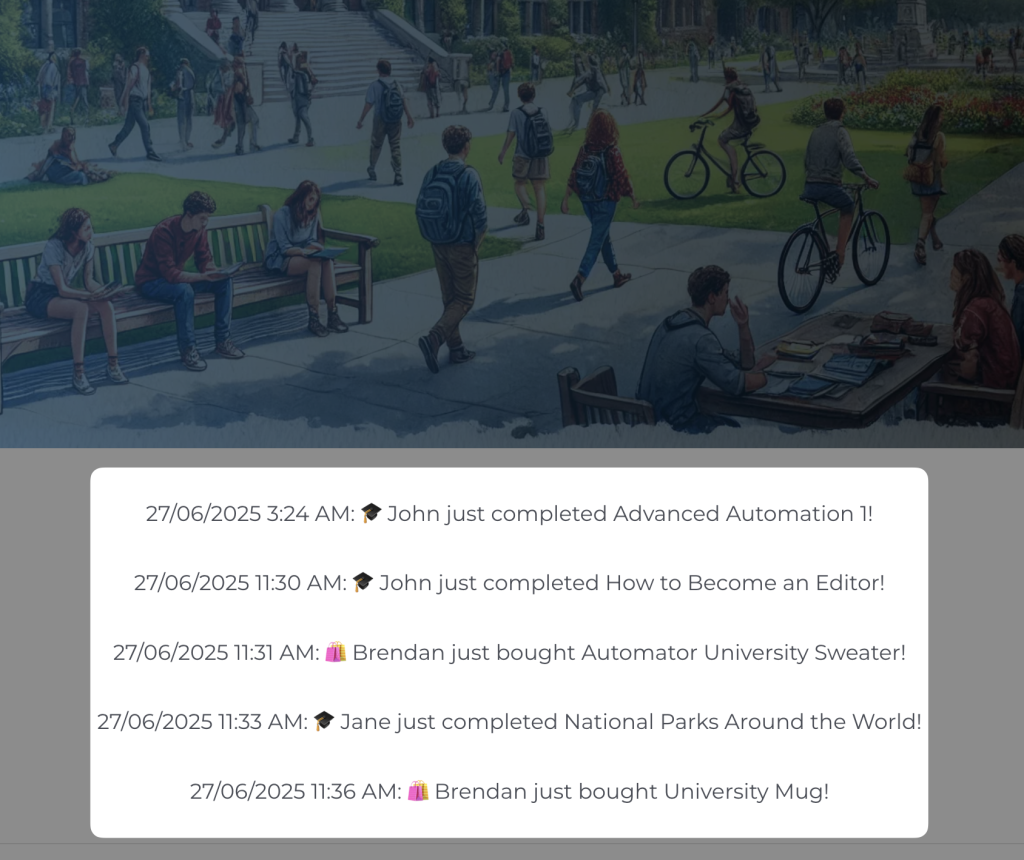
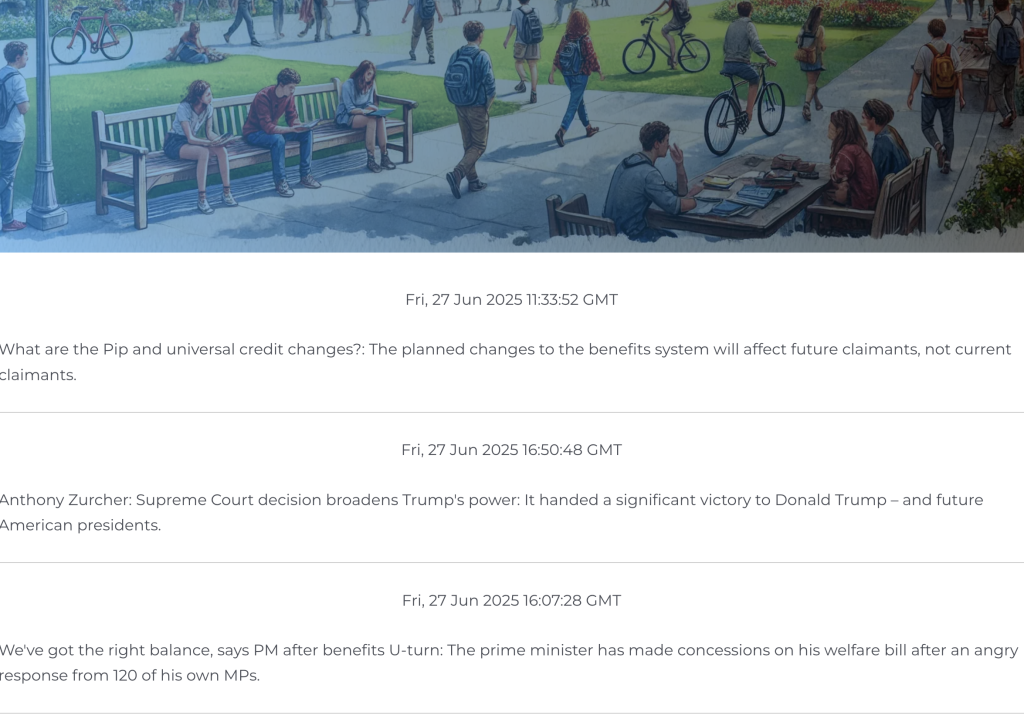
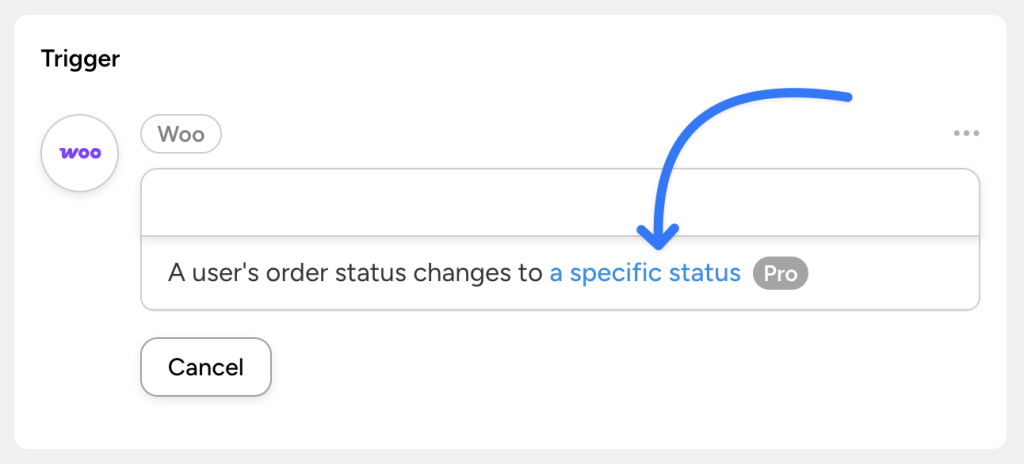

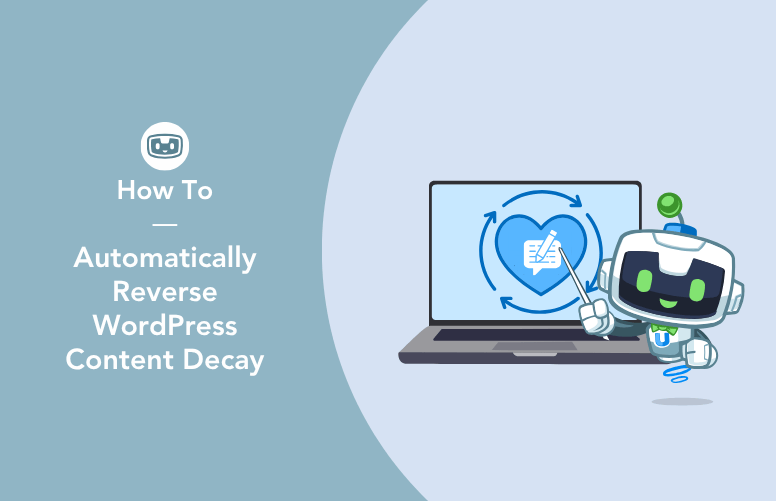

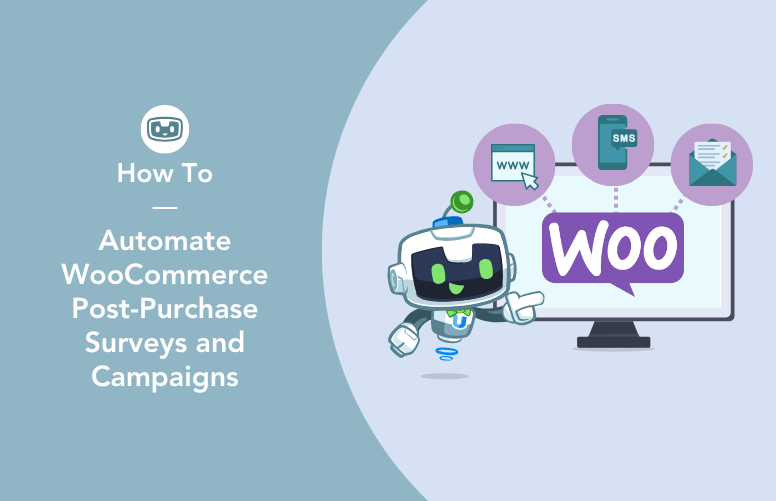
This Post Has 0 Comments